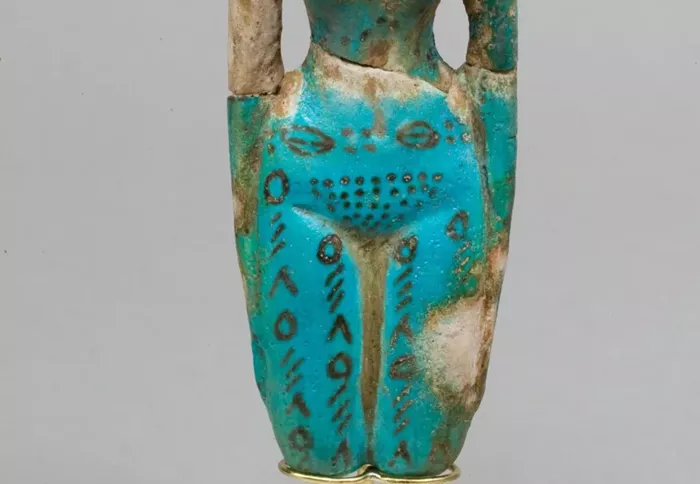In the Bayuda Desert of northeast Sudan, the remnants of the Ghazali monastery—an ancient Christian site abandoned in the 13th century—have yielded surprising new insights into the region’s medieval past. Recent excavations have uncovered several important archaeological finds, including the second known example of a medieval Nubian tattoo. This discovery adds depth to our understanding of tattooing as a longstanding cultural and symbolic practice, stretching back over 5,000 years.
The research, published in the journal Antiquity, sheds new light on the role of religious tattoos during the Middle Ages, challenging previous assumptions that such body art was forbidden in the premodern Mediterranean. The study was conducted by a team of scholars, including anthropologist Kari A. Guilbault of Purdue University, along with Robert Stark and Artur Obłuski from the Polish Centre of Mediterranean Archaeology at the University of Warsaw.
As the researchers note, the discovery highlights the ancient tradition of tattooing in the Nile Valley, which dates back at least to 3100 BCE and persisted into the Middle Ages. It also draws parallels with tattoo cultures in other parts of North Africa, such as Morocco and Ethiopia.
The Ghazali monastery, located in the Nubian kingdom of Makuria, was established in the 7th century and operated until around 1275 CE. The site, which includes several churches, a refectory, residential areas, an iron-smelting workshop, and multiple cemeteries, has been excavated in stages since 2012. Thousands of human remains have been uncovered, offering a window into the lives of those who once inhabited the area.
In 2023, Guilbault and her team focused on examining individual remains more closely. Among the findings was the body of a likely middle-aged male, dated to between 667 and 774 CE. This individual was found to be tattooed with a Christogram—an emblem comprising the Greek letters chi (X) and rho (P), flanked by the alpha (A) and omega (Ω or ω), symbols of the beginning and the end in Christian iconography.
While this discovery offers valuable insights into medieval religious practices, it also underscores the long-standing history of tattooing in the Nile Valley—a region where body art has been an integral part of cultural identity for millennia.
Related topics:

